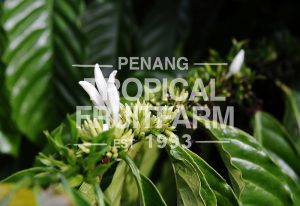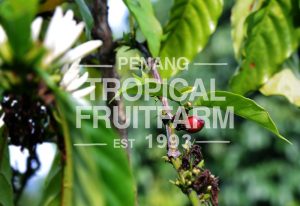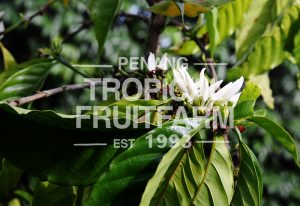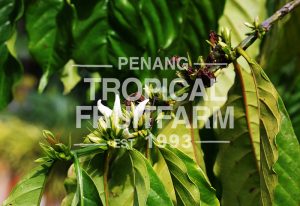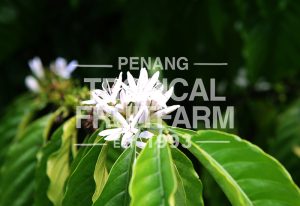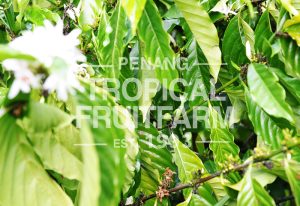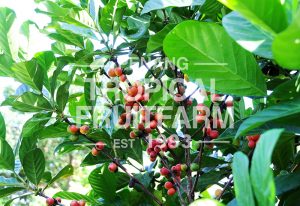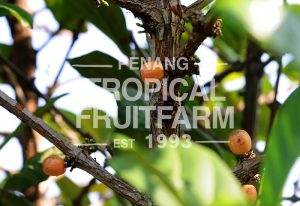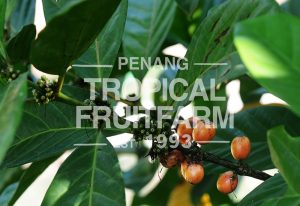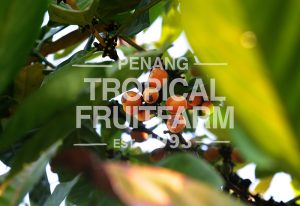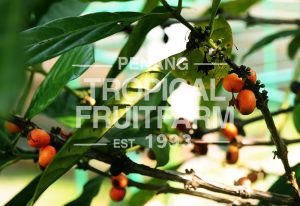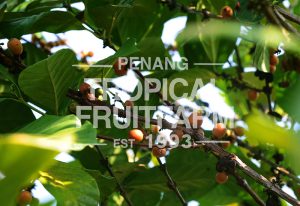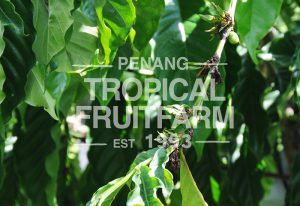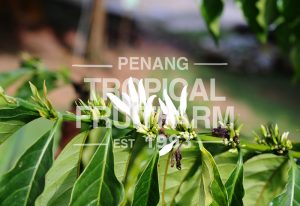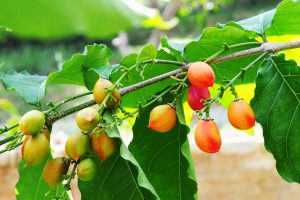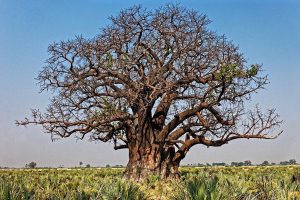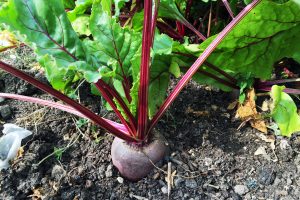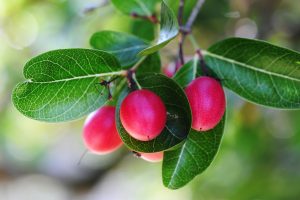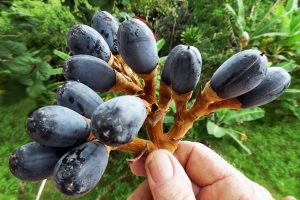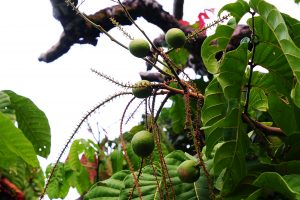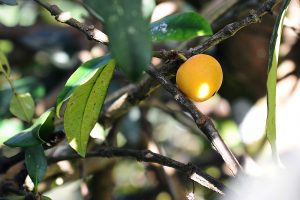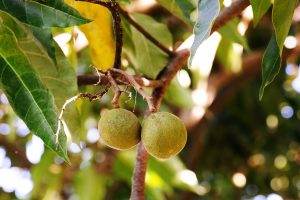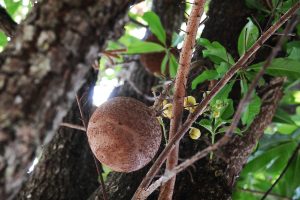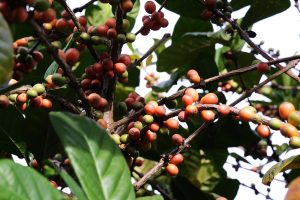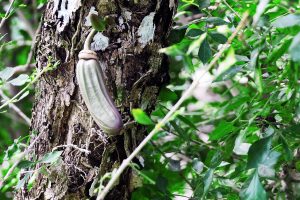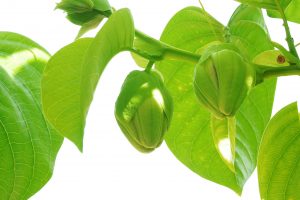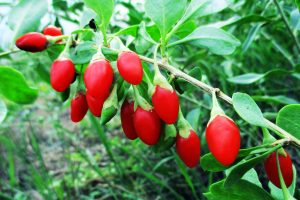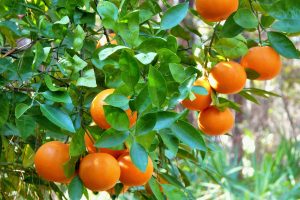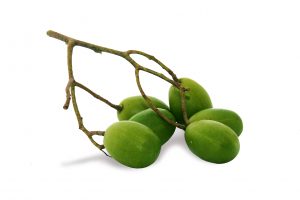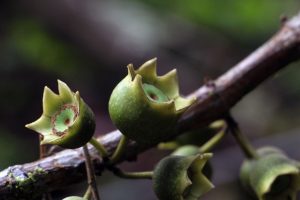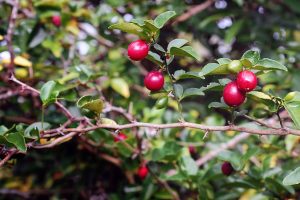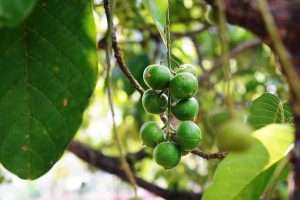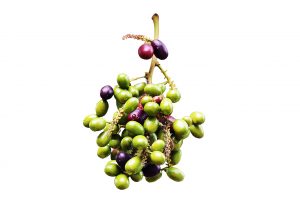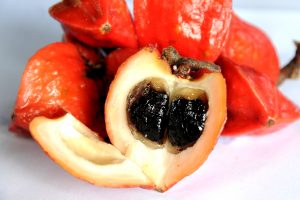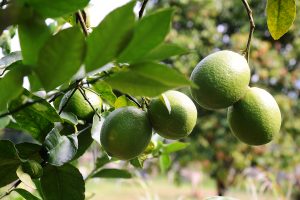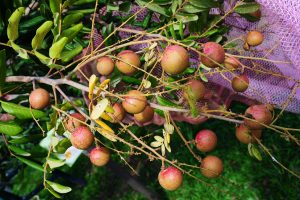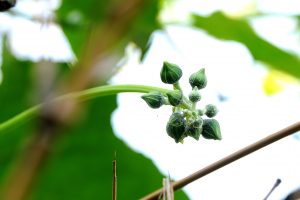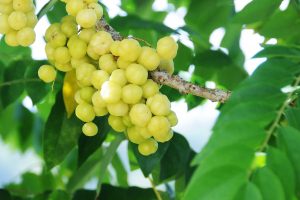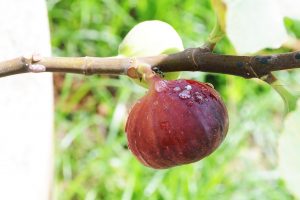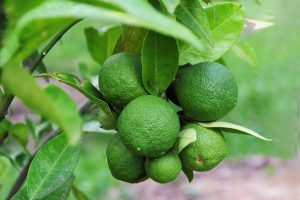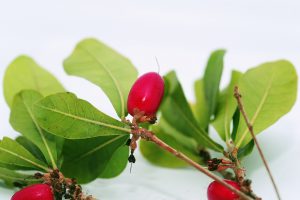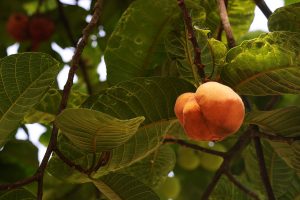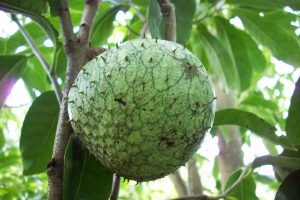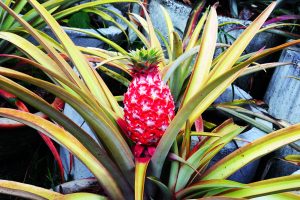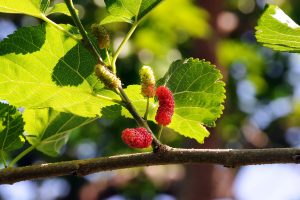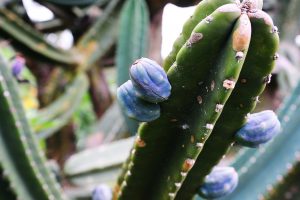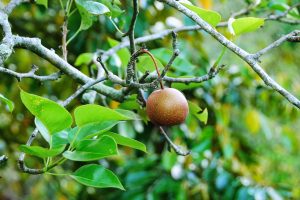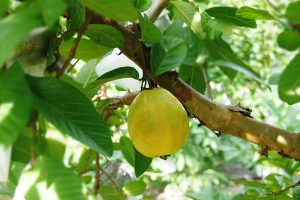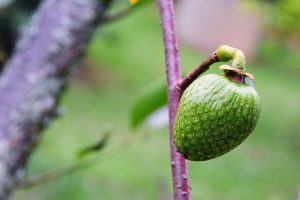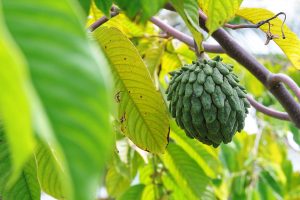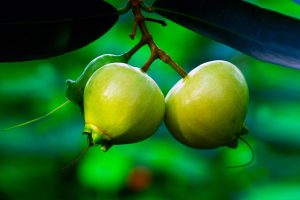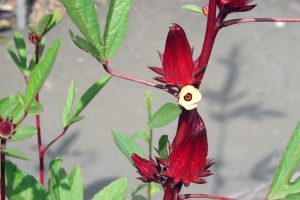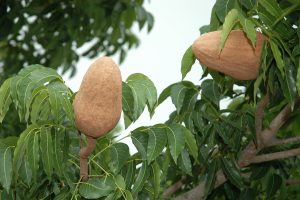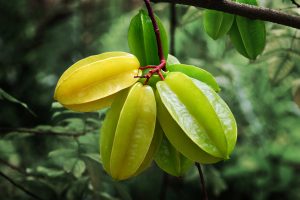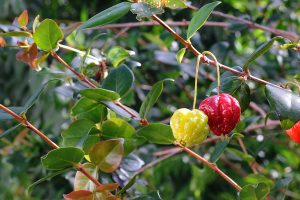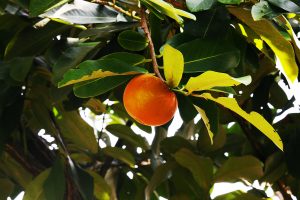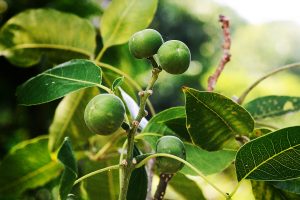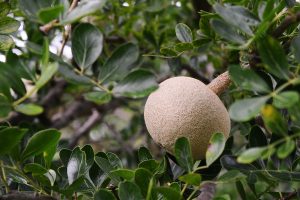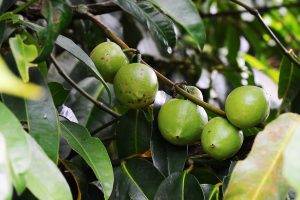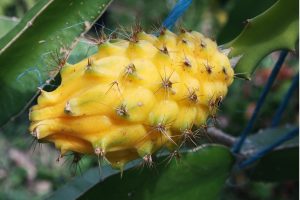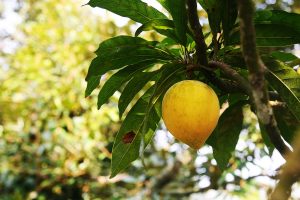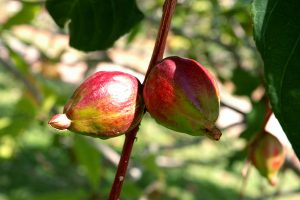| Origin | Abiu is a tropical fruit tree originated in the Amazonian region of South America. |
| Description | Abiu is an attractive, bright yellow fruit with a sweet, caramel-flavoured, translucent or white pulp. |
| Growth Habitat | Abiu trees grow well in tropical and sub-tropical areas. |
| Foliage | The leaves of the Abiu tree are alternate, longish, and leathery with a short stalk, arranged spirally on the branch. |
| Flowers | The small flowers are cylindrical and are white to greenish in color. They grow singularly or in clusters. They open in the morning and can stay open for about two days before dropping. |
| Fruits | The skin of the abiu fruit is smooth and shiny, dark green when it is immature and turns into a brilliant, golden-yellow color when the fruit is ripe and ready to be picked. Round to oval in shape and sometimes pointed at its end. Mature abiu trees produce one hundred to one thousand fruits each year. |
| Harvest | The fruit is harvested when almost the whole fruit turns to a bright yellow. Fruits fully ripen in 1-3 days at room temperature. Unripe fruits contain a gummy latex. Harvested fruit can be kept for 7-14 days at 10°C. Fruit may be tray packed in shredded paper or in socks to prevent bruising. |
| Soil | A slightly acid to alkaline soil in the range of pH 5.5-7.5, high organic matter is preferable. Waterlogged areas or saline soils are not tolerated. |
| Pruning | Trees should be lightly pruned when young to remove the central leader and promote well-spaced branches. Prune to about 3m in height and branches not lower than 1m. |
| Fertilization | A fertiliser comprising of 12N:12P:17K:2Mg+TE (Trace Elements) is recommended. Trees four years old and above require a total application of 2.75 kg per annum and an extra 750 g added to that per year of age, up to 11 years. Fertilise after each harvest. |
| Propagation | Fresh seeds can be germinated in pots or polybags. Vegetative propagation is by top wedge grafting and budding. |
| Nutritional Properties | The fruit is rich in vitamins and minerals: thiamine 0.2 mg, ribiflavin 0.2 mg, niacin 3.4 mg, vitamin C 49 mg, calcium 22 mg, phosphorus 41 mg and iron 1.8 mg. |
| Health Benefits | Good source of vitamin B, C and calcium. In Brazil, the jelly-like flesh is eaten to relieve coughs, bronchitis and other pulmonary problems. Medically, it has anti-inflammatory and anti-anemic propeties. It can help in recovering from diarrhea and fever. |
| Commercial Uses | The fruit is sold fresh or scooped out and added to ice-cream or yoghurt. The wood of the Abiu tree is heavy, dense and hard, and valued for construction. |
| Food Suggestion | Abiu Dessert - 1-2 abiu chilled, per person - lime juice 1. Cut abiu in two, remove the seeds. 2. Scoop out the flesh into a glass bowl. 3. Sprinkle with a little lime juice to bring out the flavour. |

